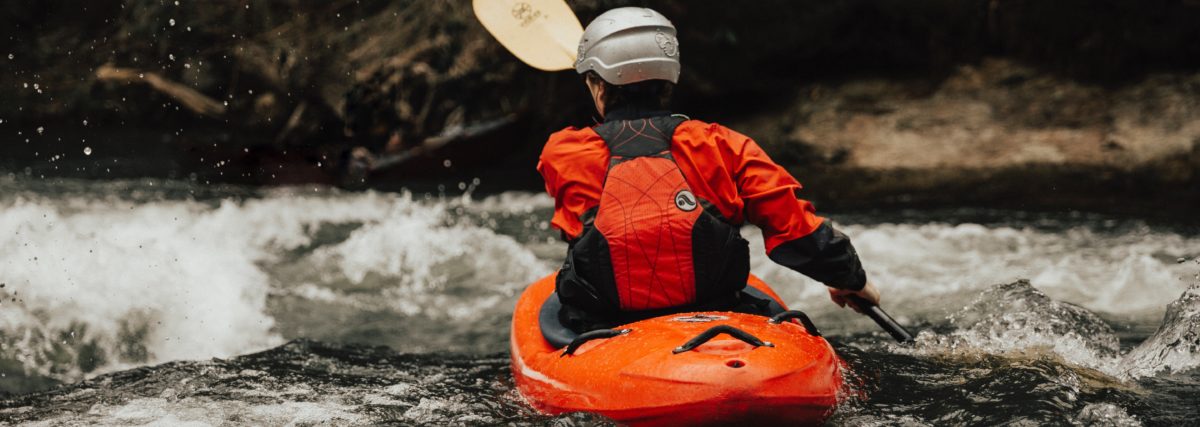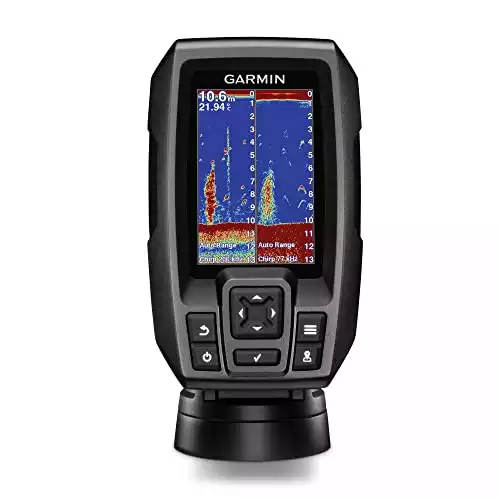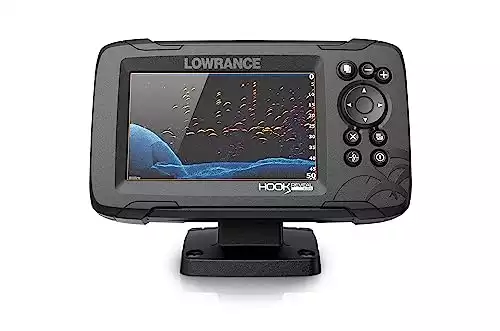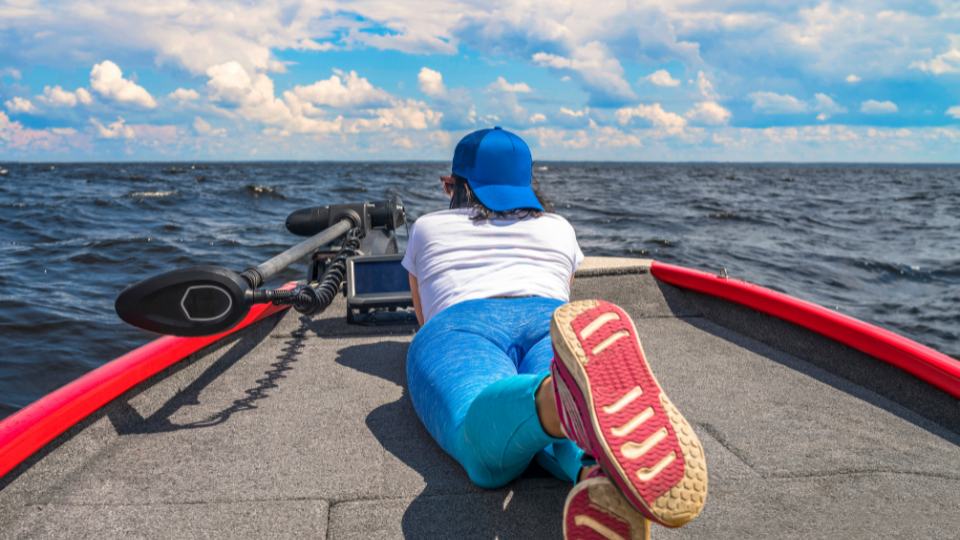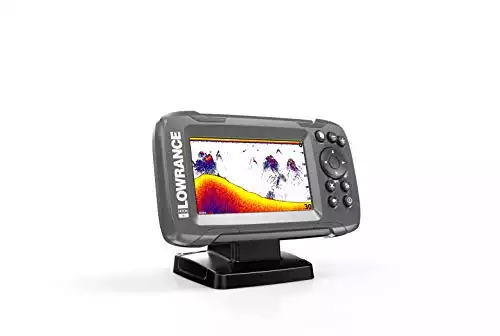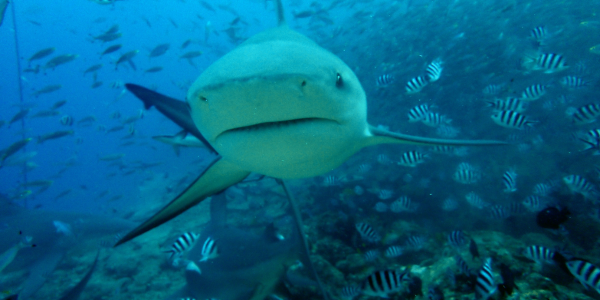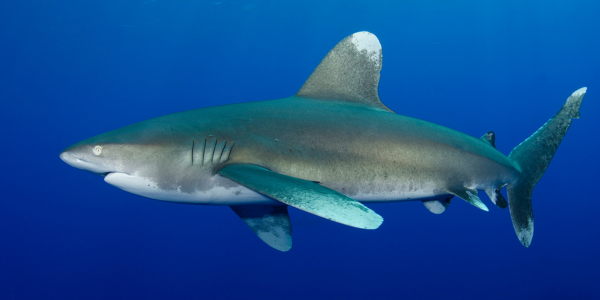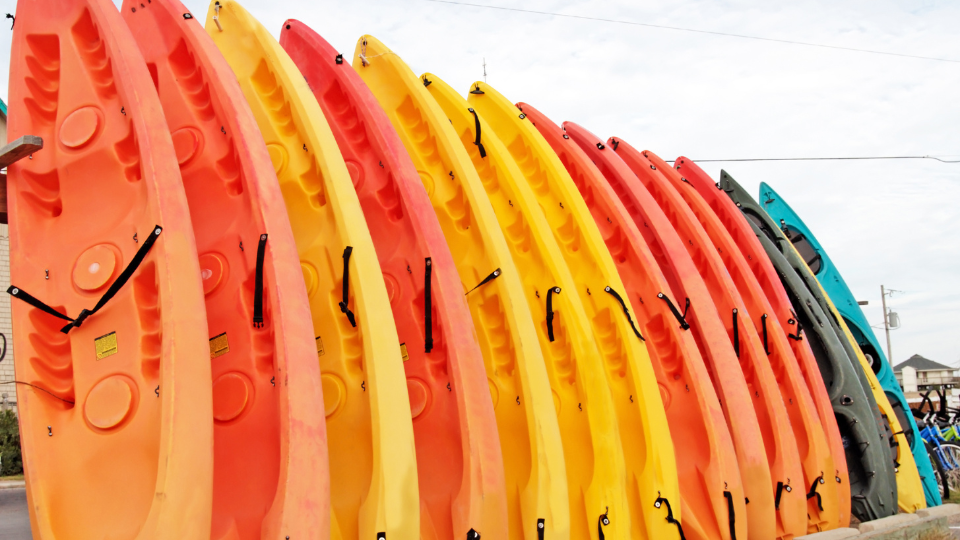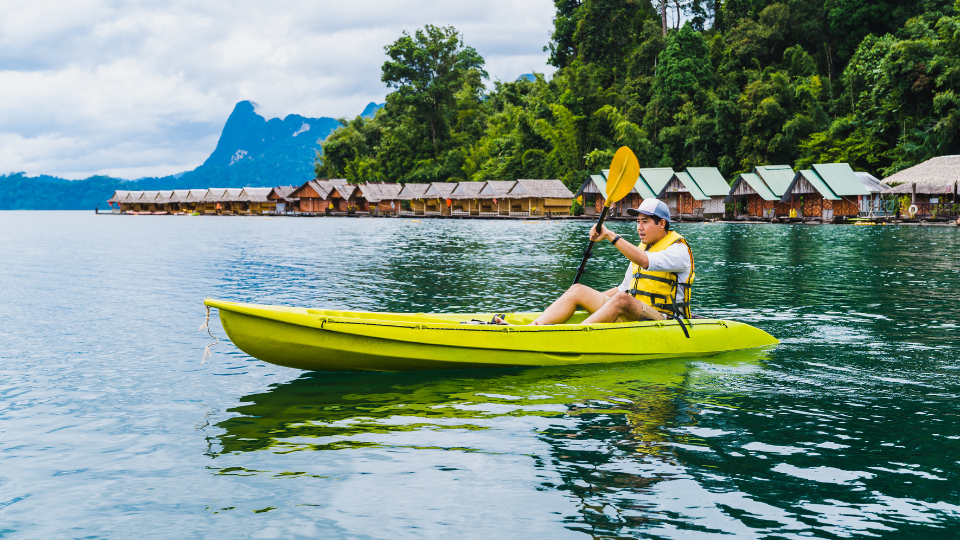If you love fishing from your kayak, then you know that one of the most important pieces of gear to invest in is a fishing tool.
Two of the most popular tools for kayakers are fish finders and hi low. Both offer different benefits and features that make them great options for anglers.
Because I’ve used both for years and for different occasions, I’ll share what the difference between these tools are and help you decide which one is better suited for your kayaking adventures.
What is a Fish Finder?
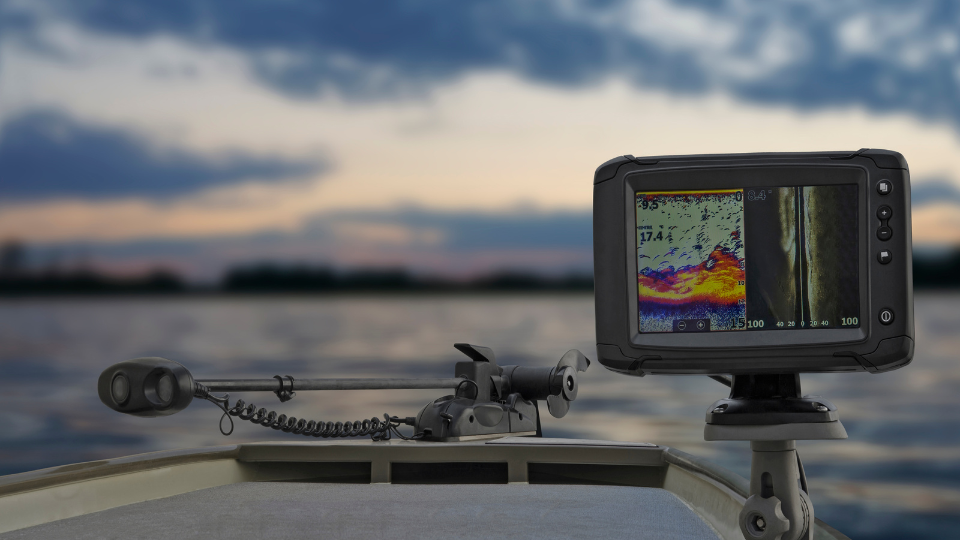
Fish finders are an electronic device used to locate fish in the water. It uses sonar technology to detect fish (sometimes sharks!) and underwater objects directly beneath the kayak.
The device works by emitting a sonar signal that bounces off the fish or object and sends back a signal to the display unit. This provides the angler with visual data about the fish, like its size, shape, and location.
If you’re someone who wants to be more efficient in finding and catching fish, then fish finder is the perfect tool for you.
What is a Hi Low?
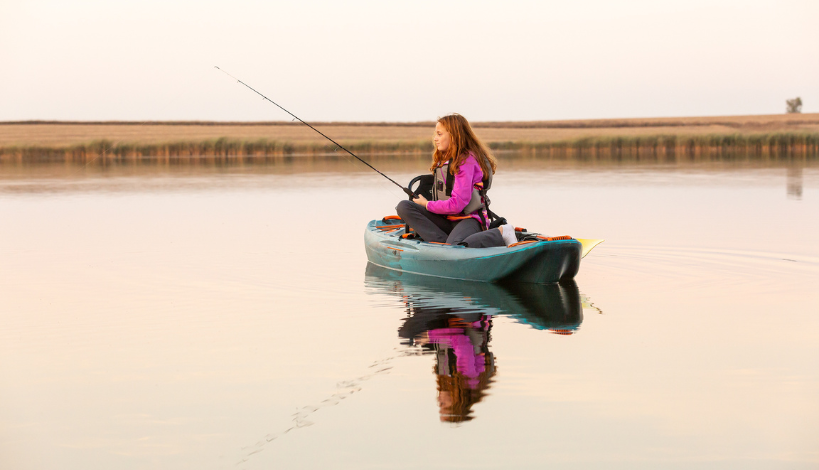
Hi low is a traditional fishing tool that has been used for years by anglers all over the world. It consists of a rod, line, hook, and bait.
Unlike a fish finder, hi low relies solely on the angler’s skill, knowledge, and intuition to catch fish. Anglers have to determine where in the water the fish might be and place their bait accordingly. This technique takes practice, patience, and time to master.
If you enjoy the challenge of fishing and want to connect more with nature, then hi low is the way to go.
Battery Life and Size Comparison
One downside to fish finders is that they require a lot of battery power to operate. This can be a problem if you’re planning on being out on the water for a long time.
Fish finders also tend to be larger and bulkier than hi low which can be inconvenient if you have limited storage space on your kayak.
On the other hand, hi low only requires a rod and some bait, which takes up little to no space on your kayak.
Price Comparison
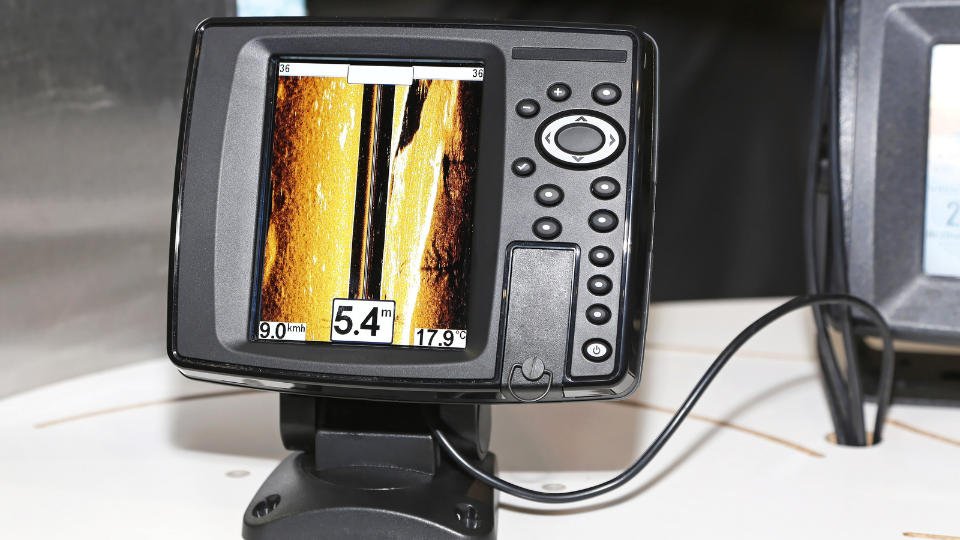
Another consideration to keep in mind is the price difference between the two tools. Fish finders are typically more expensive compared to hi low, and can range anywhere from $100 up to $1000. This can be a deal-breaker for some kayakers who can’t afford to spend that much on fishing gear.
Hi low, on the other hand, is significantly cheaper and requires only basic gear that most anglers already have.
What is a High Low Rig Good For?
Hi low is great for shallow water fishing, as you can easily cast the line in areas that are not reachable with a fish finder.
Something else to consider though is that if you prefer to practice catch and release fishing or don’t plan on keeping your catches, hi low is also a great choice since it doesn’t require a device or batteries to operate.
What is the Best Trace for Surf Fishing?
The best trace for surf fishing is a simple snood rig. This type of rig consists of three to four hooks with two to three feet of line between each hook. The length of the trace should be determined by the size and species of fish you are targeting, as well as the conditions of the surf.
Do make sure your trace is made of high-quality line that can withstand the tough conditions of the surf. Lastly, it’s important to use hooks with enough weight to keep your bait in place for long periods of time.
What Hooks are the Best for High Low Rig?
The best hooks for hi low rig are circle hooks. These hooks have a curved point that increases the hook-up rate, allowing you to catch fish more efficiently.
Circle hooks are designed not to snag or tear the fish’s mouth, making them perfect for practicing catch and release fishing. These hooks come in many sizes, so you can choose the right size for the type of fish you’re targeting.
What is the Best Hook for Surf Casting?
The best hook for surf casting is a J-hook. These hooks have an offset shank that helps them hold onto the bait better and stay in place longer.
J-hooks are designed to withstand the harsh conditions of the surf, making them perfect for keeping your bait and tackle in place. They also come in many sizes so you can choose the right size for the type of fish you’re targeting.
What are Some Recommended High Low Rigs?
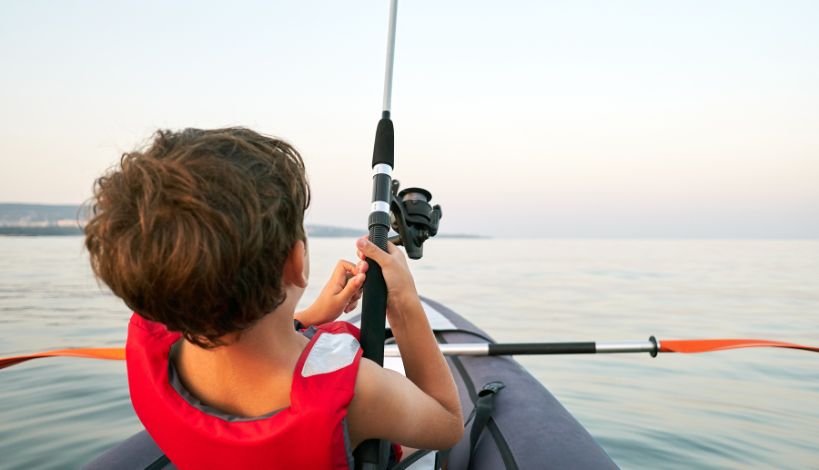
Some recommended hi low rigs include the Carolina rig, drop shot rig, and egg loop rig.
The Carolina rig is one of the most popular rigs for kayak fishing, as it’s easy to set up and use. It consists of a weight at the bottom of two feet of line with a hook attached at the end.
The drop shot rig is similar to the Carolina rig but with a hook and leader line attached to the weight. The egg loop rig is also popular for kayak fishing, as it is designed to stay in place no matter how strong the current or waves are.
What Rig is Best for Offshore Fishing?
The best rig for offshore fishing is the three-way swivel rig.
This rig consists of a three-way swivel, two dropper lines, and two hooks. The swivel helps to keep the line in place and the dropper lines ensure that your bait stays at the desired depth.It’s also great for larger fish, as the three-way swivel can handle more weight and pressure than other rigs.
Conclusion
When it comes to choosing between fish finders and hi low for kayaking, think about your personal preferences and fishing style.
If you’re someone who wants to increase your chances of catching more fish in less time, then a fish finder might be the best option for you. However, if you value the process of fishing and want to connect more with nature, then hi low might be the way to go.
I use both depending on where I’m going and what I’m in the mood for.
